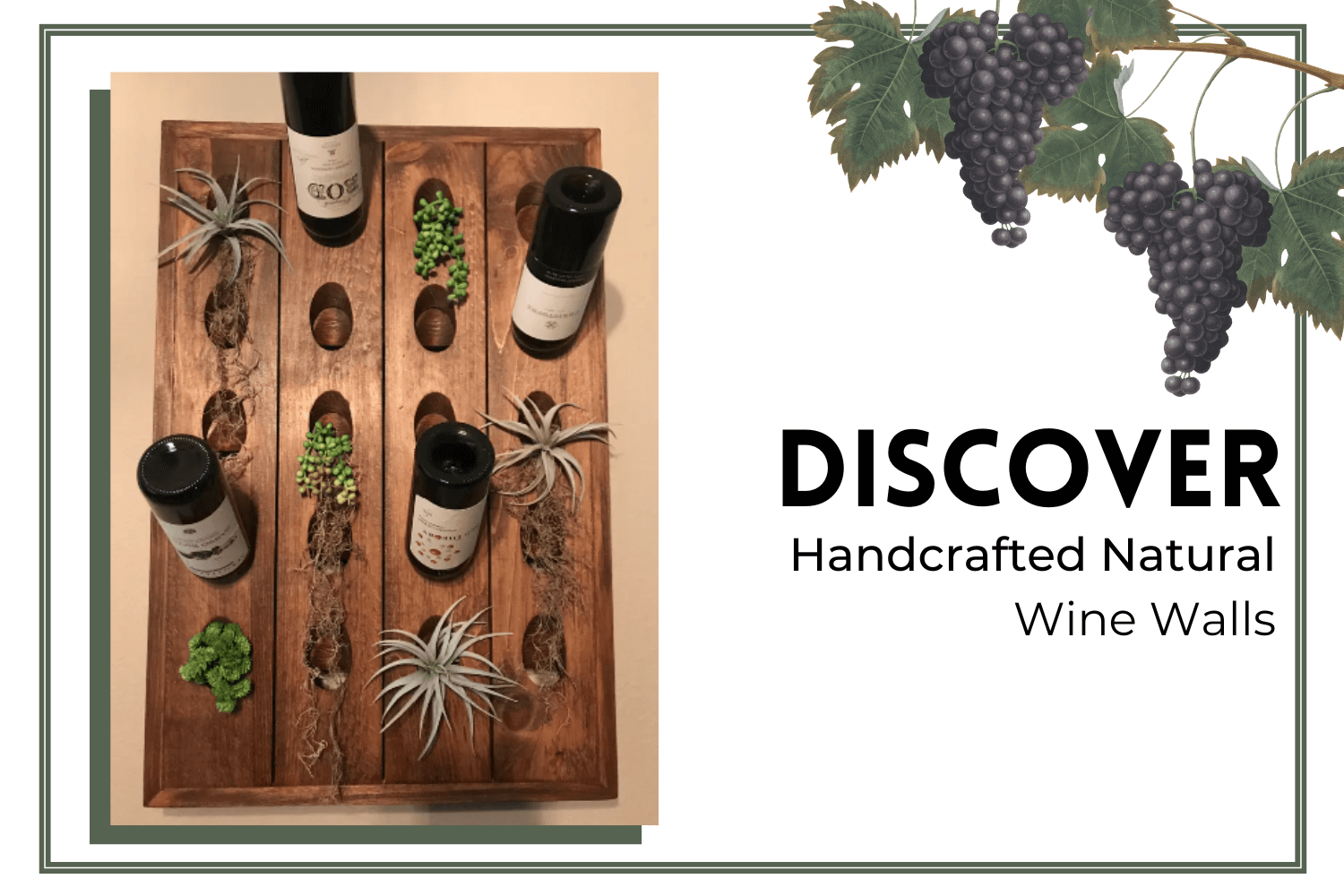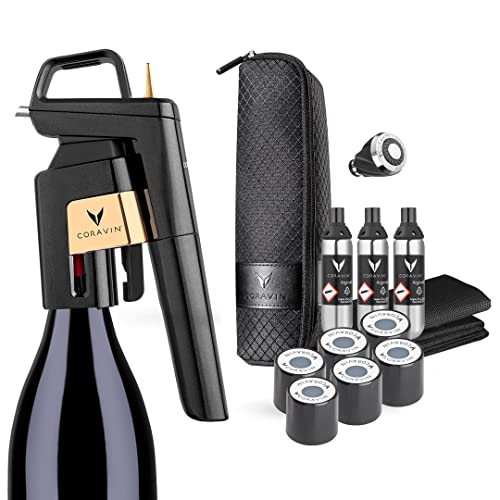
If you’ve found this post, you’re probably a wine lover and also a bit of a foodie. I often get asked how to pair wine and food, or what wines I like to serve with food, so I thought I’d share.
A food’s dominant flavor will affect your perceptions of wine. 6 flavors – bitter, sour, salt, spice, umami, and sweet – can change the wine’s chemistry in your mouth, you can pair successfully every time. Pair spicey foods with sweet wines. Pair rich foods with tannic wines. Pair bitter foods with light red wines. Pair vinegary foods with high acid wines. Pair Pair foods rich in umami with high acid, low tannin wines.
Here’s how food flavors work with wine, along with a no-frills strategy you can use for your next food and wine pairing
- How Do You Think About Food and Wine Pairing?
- Why Is Food and Wine Pairing Such a Big Deal?
- Basic Flavor #1 – How Bitterness Affects Food and Wine Pairing
- Basic Flavor #2 – How Acid Affects Food and Wine Pairing
- Basic Flavor #3 – How Salt Affects Food and Wine Pairing
- Basic Flavor #4 – How Chili Heat Affects Food and Wine Pairing
- Basic Flavor #5 – How Umami Affects Food and Wine Pairing
- Basic Flavor #6 – How Sweetness Affects Food and Wine Pairing
- How to Pair Food and Wine – 3 Easy Steps
- How Do People Pair Different Wines with Different Meals Every Day of the Week? Don’t they Waste a Lot of Wine?
- Final Thoughts – Food with Wine Pairing Calls for Experimentation!
How Do You Think About Food and Wine Pairing?
In a snap poll, 682 (72%) of wine lovers answered that they start with the food in mind before the wine, while 261 (28%) report that they begin with the wine and work backward to the food.
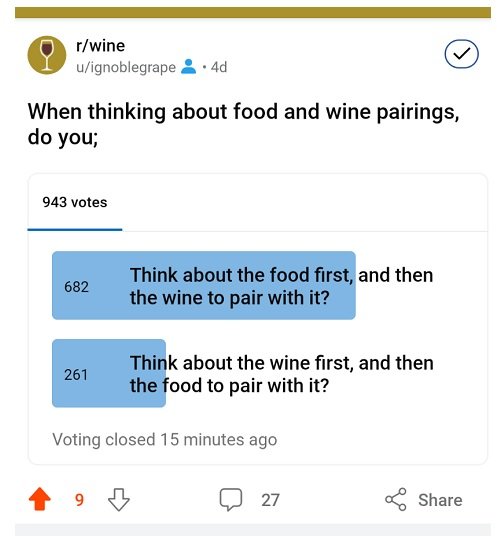
You’ve likely experienced the almost ethereal bliss that comes from a so-called ‘perfect pairing’ – that moment when you take a bite of food and a sip of wine and they resonate with celestial harmony.
The universe likes balance, however, so the opposite is likely just as true – you take a mouthful of your meal along with a swig of vino and choke down the discordant chords of your meal.
If you understand how food affects wine, you’re going to make a winning match every time.
Why Is Food and Wine Pairing Such a Big Deal?
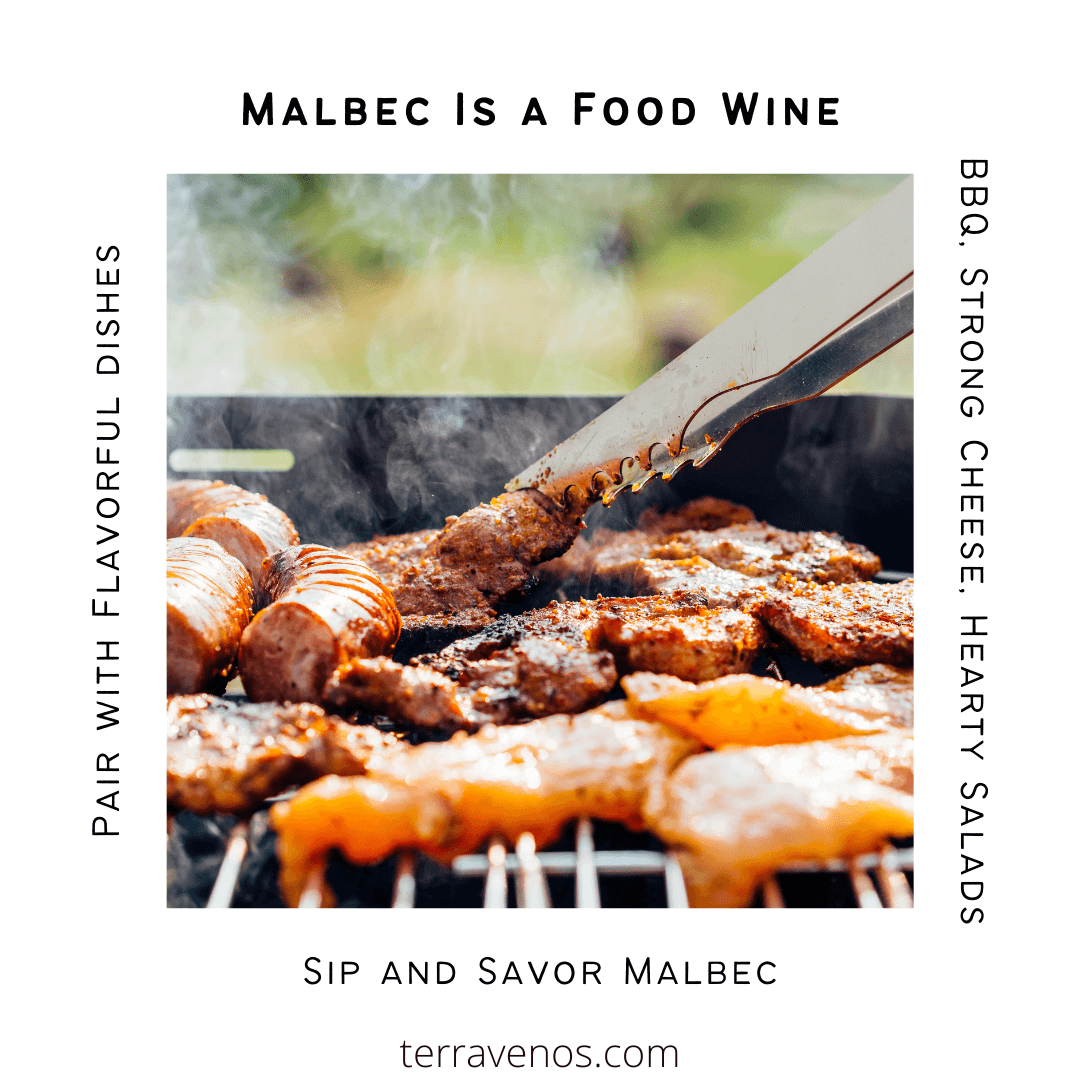
Lots of people have strong and differing opinions on food and wine pairing – with good reason. We’re all unique with our own sensory perceptions.
What one person enjoys, another may spit out.
As long as we all have our individual likes and dislikes, along with the endless possibility of mind-blowing combinations, wine and food pairing will be a big deal.
I was recently asked how I pair food and wine.
Instead of giving a list of ‘pair x with y’, it’s more helpful to give an overview of how different food flavors will affect your wine.
Beyond the tried-and-true red wine with red meat and white wine with fish, you can think about the 6 basic flavors of foods to help with your pairings.
Let’s get down to it with the 6 basic flavors that affect food and wine pairing:
- Bitter
- Sour
- Salt
- Spice
- Umami
- Sweet
Basic Flavor #1 – How Bitterness Affects Food and Wine Pairing

Bitterness in food will increase the perception of bitterness in the wine. Artichokes, green leafy salads, and asparagus are major culprits.
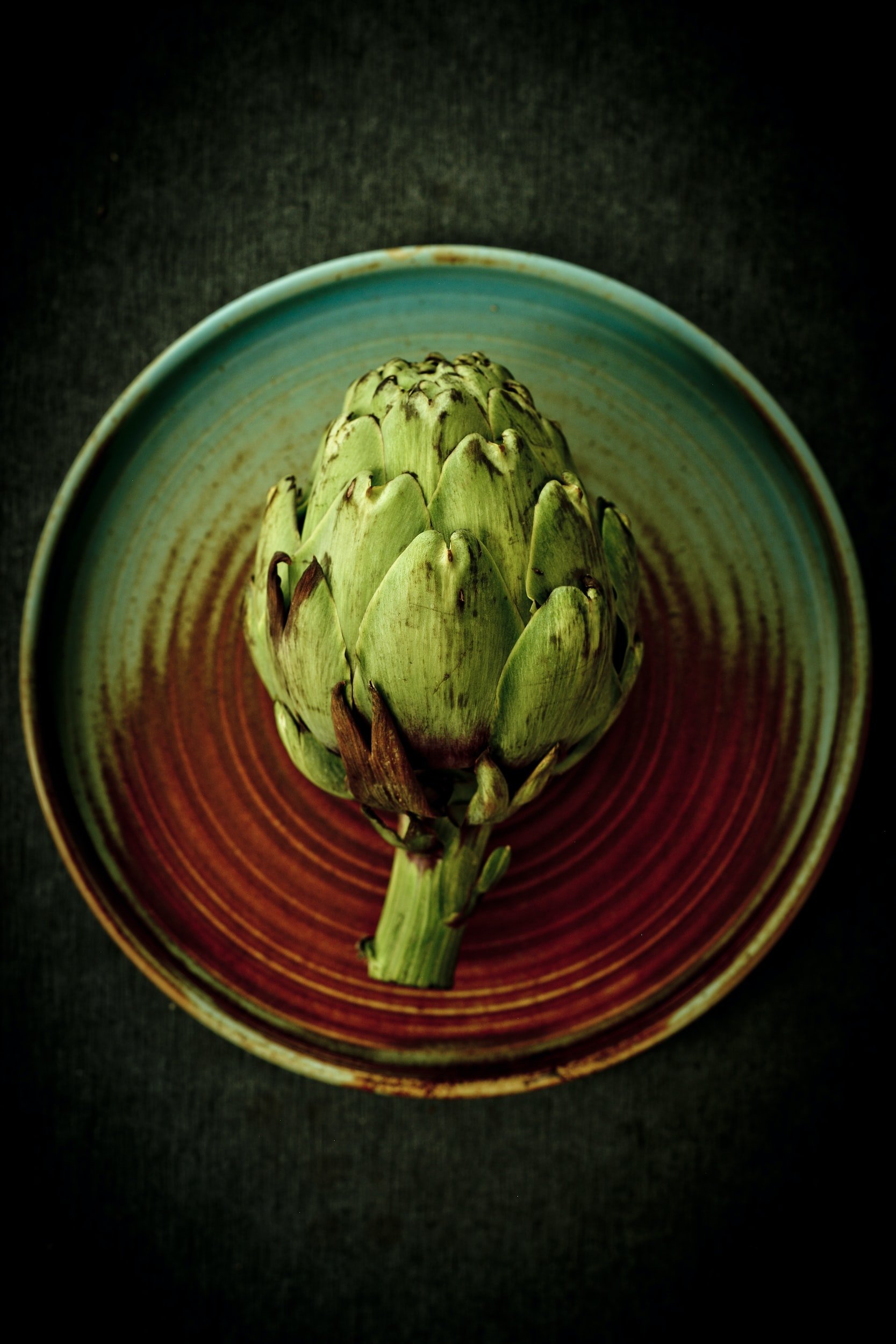
Tip: Try to avoid higher alcohol, high tannin wines when pairing with bitter foods.
Alcohol has a bitter taste that will accentuate the bitterness in the food.
Try staying away from high tannin wines that can increase the bitterness of the food.
Tannin has astringency, that dries out your mouth.
Instead look for lower alcohol, lighter red wines, fruitier wines, or wines with a little sweetness in them.
Basic Flavor #2 – How Acid Affects Food and Wine Pairing

Acidity, like lemon zest or vinegar, will increase the perception of body, sweetness, and fruitiness in the wine, and decrease the perception of the wine’s acidity.
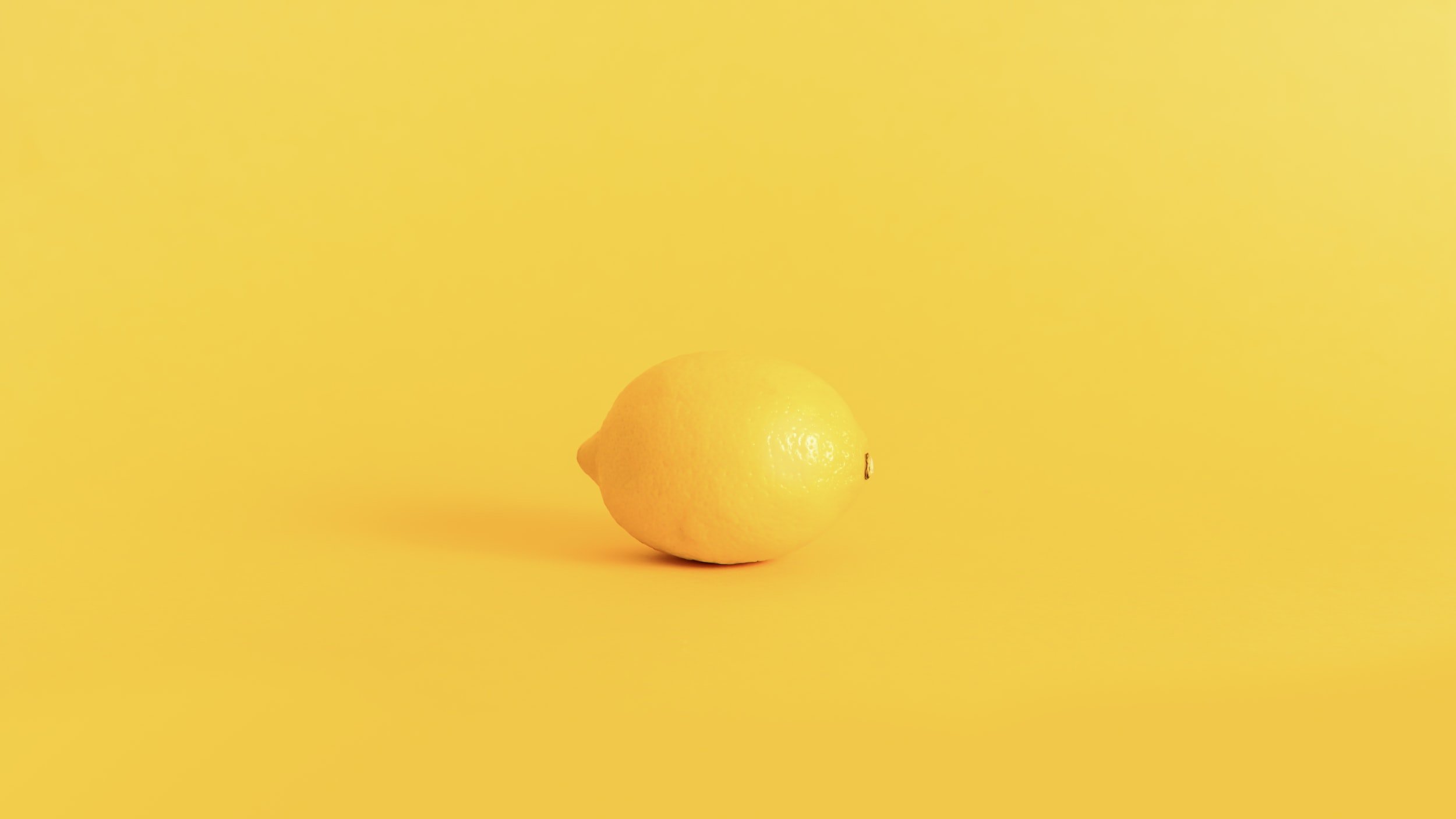
You can actually get confused with very high acid wines, like Riesling, and can mistake their high acid for sweetness.
Tip: You’ll want to match a high acid food with an acidic wine.
This is why Chianti wines pair so well with tomato-based dishes; the acidity in both wine and food complements each other.
Basic Flavor #3 – How Salt Affects Food and Wine Pairing

Salt is a wine-friendly element.
Tip: Salty foods will increase the perception of the wine’s body and decrease the bitterness and acidity in wine.
This is one reason why dry sparkling wines like Champagne and crémant pair so well with popcorn and potato chips. The salt helps tame the wine’s screaming high acidity.
Basic Flavor #4 – How Chili Heat Affects Food and Wine Pairing

Heat from chili, not temperature, will increase the bitterness, acidity, and alcohol burn in your wine, and decrease the body, sweetness and fruitiness in the wine.
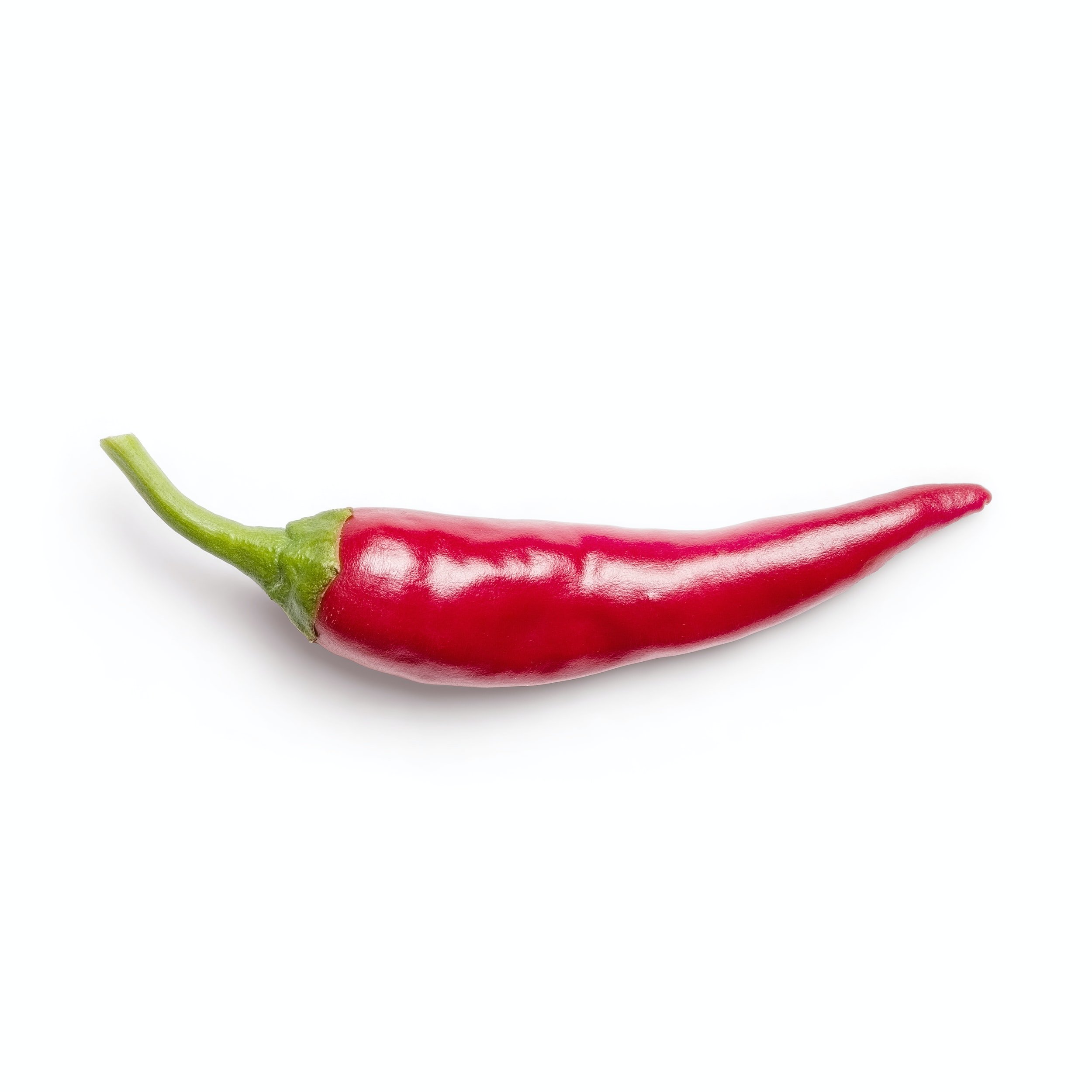
Tip: Foods with chili heat need wines with sweetness in them, like a Moscato.
Because of this, you’ll want to start off with fruitier wines and wines that are maybe lower in alcohol, and still have a little sweetness in them. Off-dry Riesling and Chenin Blanc can be excellent pairings for spicy foods.
Helpful Tip: Love foods with spice? Check out how to pair spicy foods with wine.
Basic Flavor #5 – How Umami Affects Food and Wine Pairing

This savory flavor of roasted mushrooms or soy sauce, and umami, will increase the bitterness, acidity, and alcohol burn in wine, and decrease the body, sweetness, and fruitiness of your vino.
How to Pair Umami in Food with Wine

Umami is difficult to pair with wine – think risottos, mushroom pies, etc. Salting the food well will help with the wine pairing.
Tip: Pair foods that have umami with low tannin, high acid wines.
When pairing wine with foods rich in umami, you want to look for a wine that’s lower in tannin, but higher in acid, think Chianti or Chablis (cool-climate Chardonnay).
Basic Flavor #6 – How Sweetness Affects Food and Wine Pairing

Sweet foods will increase the perception of bitterness, acidity, and the burning sensation of alcohol in wine, and decrease the fruitiness and sweetness in the wine.
Helpful Tip: Check out this helpful post on how to pair Champagne and chocolate.
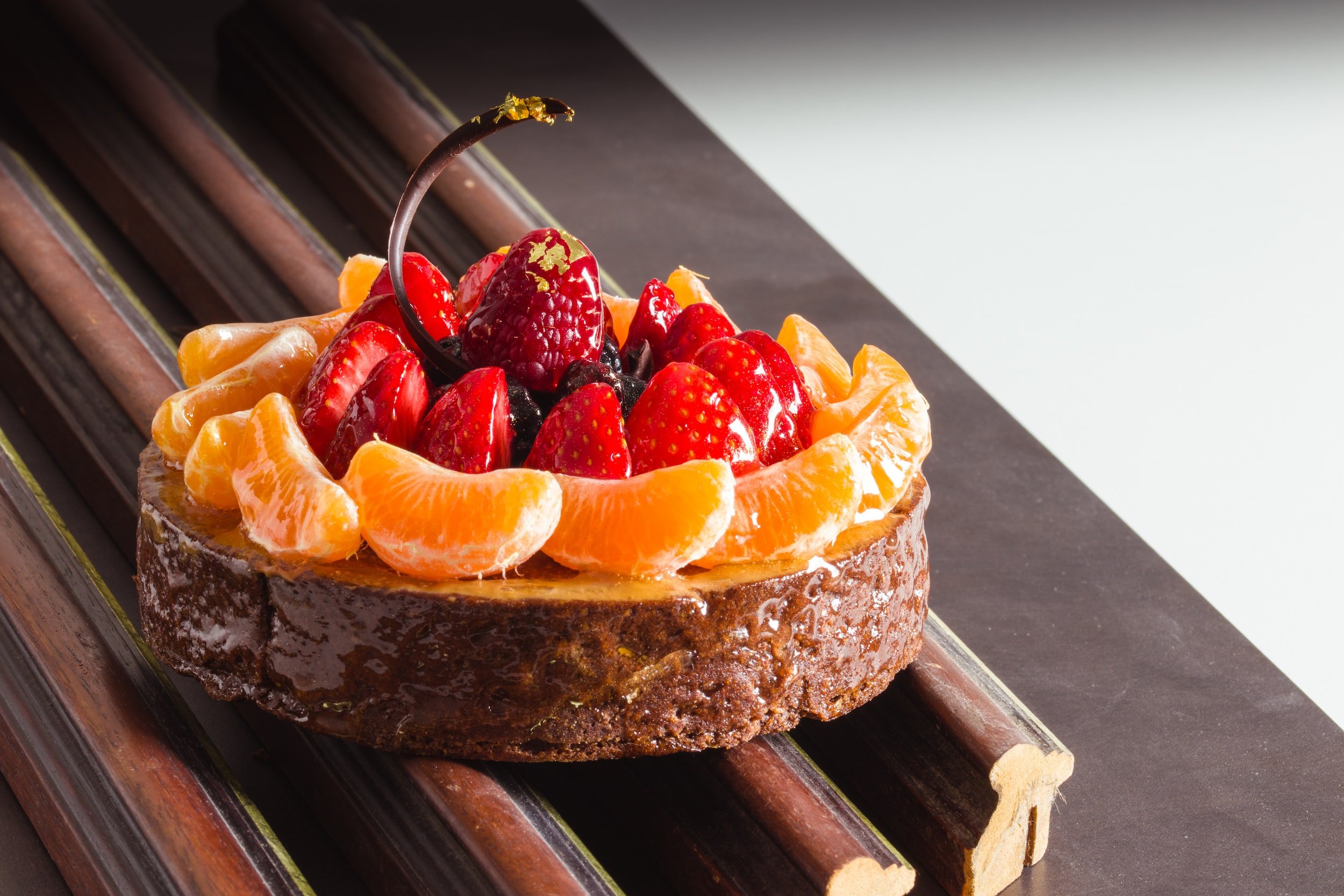
Tip: Pair sweet foods with a wine that matches it in sweetness, or wines sweeter than the dish.
If you decide to pair a dry wine with sweet food, it will make the wine bitter, acidic, harsh, and overall unpleasant – like an obligatory social engagement with your ex.
At the end of the meal before dessert, you may still have a little dry wine leftover in your glass from dinner. If you’ve ever tried to mix the two, you’ve experienced this clash of flavors firsthand.
How to Pair Food and Wine – 3 Easy Steps
Pairing food and wine doesn’t need to be overwhelming. Start out with the basics:
- What foods do you enjoy eating?
- What are meals that you always make during your week or special meals you have with family and friends on the weekend?
Think about your relationship with your food before moving to the wine.
Of course, not everyone will feel like they need to worry about food and wine pairing. You may enjoy mixing flavors and sensations – and that’s okay, too!
Feel free to pair your wine and food – or food and wine – however you want – or don’t. Live your best life!
But here’s how I go about answering the all-important question: What wine will I drink tonight?
Food and Wine Pairing Step 1: Start with the food.
- Always start with the food you want to make (or takeout or reheat if it’s leftovers).
- Figure out what you’re going to be eating.
- You may be more of a wino than a foodie, but in my house, the food comes first because of #teenagers.
- Once you’ve decided what’s on the menu, move to Step 2.
Food with Wine Pairing Step 2: What’s the food’s dominant flavor?
- The next step is to think about the food’s dominant flavor.
- The flavor may come from a sauce or rub, and not the food itself.
- Now you’re ready to pick your wine!
For example, if you’re making spaghetti with tomato sauce, then the sauce has a tangy acid that will dominate.
If you’re making a sautee of vegetables with truffle oil and sea salt, then you’ll have a rich umami flavor to your meal.
If you’re picking up take-out hamburgers and french fries, then the salt and grease will coat your mouth.
There’s usually a dominant flavor to any meal – one that overpowers the others.
Street tacos with raw onions and salsa verde pack a mouthful of chili heat. So, you’ll want to stay away from high-alcohol red wines, like a California Zinfandel or a Cabernet.
An inexpensive red wine that has perceptible sweetness may work – like a [Yellowtail] Shiraz or a Meomi. A fruiter Malbec with soft tannins or even an off-dry Chenin Blanc will work, too.
Wine and Food Pairing Step 3: Dry wines with dinner, not dessert.
You can ignore this rule, but following it will blow your mind and lead to hedonistic happiness.
- If you still have dry wine in your glass (like a regular bottle of table wine) when we move on to dessert – whether it’s ice cream, a little dark chocolate, or a piece of cake, guzzle down the dinner wine or pour it out.
- Don’t try to sip your dry wine during dessert.
- Drinking a dry wine with dessert will quickly turn into a bitter affair and, in the words of Marie Kondo, does not bring joy.
At the end of the day – quite literally – our wine should bring us a little joy. Every. Day.
Wait…
How Do People Pair Different Wines with Different Meals Every Day of the Week? Don’t they Waste a Lot of Wine?
If you’ve made it this far, you’ve figured out that whatever food you’re eating is the best starting point to food with wine pairing (unless you have a super special bottle of wine).
You may have chilidogs on Monday night that works with a fruity Malbec and a salad on Tuesday night that calls for Chardonnay.
What do you do if you’re not drinking a full bottle of wine every night?
If you’re at the point in your wine journey where you’re serious about exploring wine and food pairing, then it’s time to invest in a professional-level wine preservation system.
The Coravin is, hands-down, the single most useful tool for anyone who wants to live a wine-infused life.
The Coravin works by inserting a thin needle through the cork in a bottle of wine that allows you to draw out wine and replace the displaced liquid with argon gas, a neutral gas that protects the wine from oxygen.
Coravin’s aren’t cheap.
But they’re cheaper than throwing out wine that’s gone bad.
The Coravin’s a brilliant way to regulate how much wine you drink.
If you have one glass left in a delicious bottle of wine that you know will go bad, it’s really hard to walk away from that glass or pour it out.
But what I really love about the Coravin is that it lets me pick and choose whatever wine I want to drink with the meal I’m preparing.
If I want a raw, edgy Cabernet Franc with my Saturday afternoon nachos, no problem! If I want a delicate Pinot Noir with my tuna fish salad, I can pour myself a glass.
So, if you’re serious about pairing food and wine, get a Coravin earlier into your foray rather than later.
Your pallet, wallet, wine cellar, and liver will thank you.
Final Thoughts – Food with Wine Pairing Calls for Experimentation!

Pairing food and wine enriches every meal. Your typical Wednesday spaghetti night or even your takeout burgers transform into an opportunity to indulge in a sensory experience.
The more familiar you become with the characteristics of different wines, the more you’ll think about the ways that a wine’s profile will interact with the foods you’re eating.
The best way to learn about wine is to do side-by-side comparisons with wine flights.
So, I’ve put together a useful post on how to host your own wine flights to start your learning journey.
Aaand… if you’re curious, here are my top 5 Chardonnay and food pairings for any day of the week. Chardonnay’s such a food-friendly wine and a great starter wine for so many people, I thought this would be fun to share!

